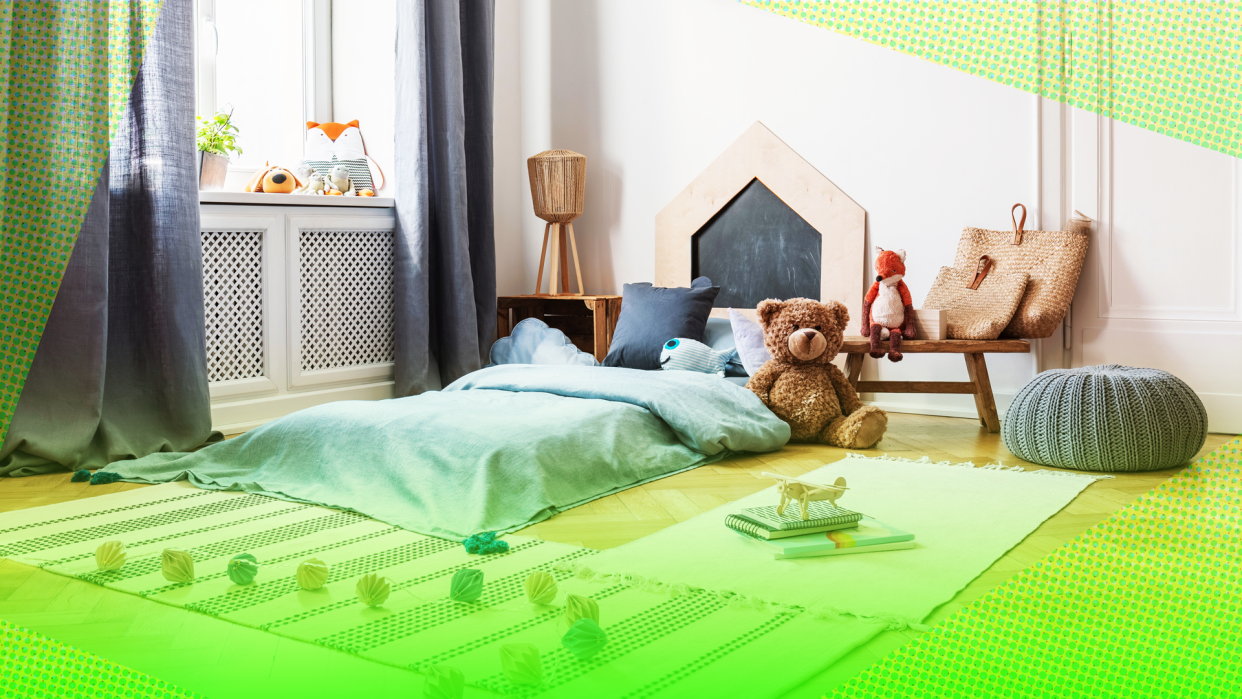5 Really Good Reasons to Practice Toy Minimalism at Your House

Click here to read the full article.
A burgeoning body of research suggests that minimalism is a positive way of life. In fact, studies consistently find that minimalism can lead to happiness.
That’s why many parents are practicing toy minimalism with their children. Here are five good reasons to give it a shot with your own little ones.
More from SheKnows
1. Cleared clutter helps your mental health.
A wealth of research shows that clean spaces really help you to be more productive. For mothers who may be busy with work and parenting, for example, having a clear home can really clear their minds, as well. In fact, one study by Harvard University explored the productivity of students who were each tasked with working in different environments (with different degrees of clutter), and it found that clean spaces actually leads to people’s ability to work longer.
A post shared by Three Minute Montessori (@3mm.montessori) on Apr 23, 2019 at 6:30am PDT
2. A child with less toys plays with their imagination more.
Research shows that children with less toys have bigger imaginations. That’s because they need to develop the creative skills necessary to keep themselves entertained with the same toys. These creative skills, of course, translate later in life.
A German project called “Der Spielzeugfreie Kindergarten” (the nursery without toys) set out to see what would happen if they took all the toys away from kindergarten kids for three months. On the first day, the children seemed confused, but after a few days, they began playing with blankets and chairs, making forts and creating their own fun.
A post shared by @ enkeltfamiljeliv on Dec 5, 2019 at 11:26am PST
3. Less toys means having to share more — a valuable lesson.
It’s inevitable that the less toys a child has, the more they’ll have to share their toys with siblings or friends because they less there are to go around. Sharing is a valuable lesson children need to learn early on, and teaching them to take turns with their toys is a surefire way to teach them it.
A post shared by F A L (@sonsandfolk) on Apr 5, 2017 at 7:44pm PDT
4. A minimalistic life teaches you and your children to appreciate non-material things.
Minimalism is, by definition, the subtraction of material things to teach you what matters most in life.
“What Minimalism is really all about is reassessment of your priorities so that you can strip away the excess stuff — the possessions and ideas and relationships and activities — that don’t bring value to your life,” according to The Minimalists.
Therefore, practicing minimalism with your children from a young age can teach them the importance of non-material things. The less toys they have, the more they’ll have to play with their friends and siblings, teaching them the importance of connections, for example.
A post shared by HayatHomeconcept (@hayathomeconcept) on Oct 3, 2019 at 11:16am PDT
5. Your child will learn to love the toys they do have more.
If your child has multiple toys, they’ll switch between them, playing with all or probably most of them. But, if your child only has one or a few toys, they’ll spend more time playing with those toys. Therefore, they’ll inevitably develop a deeper appreciation for the things that they have. If they don’t, that’s a lesson they’ll have to learn in the process — to be grateful for what they do have instead of to be focused on what they don’t have.
This article originally appeared on Fairygodboss. As the largest career community for women, Fairygodboss provides millions of women with career connections, community advice and hard-to-find intel about how companies treat women.
Best of SheKnows
Finally: The Most Popular Baby Names of All of 2019 Are Here
Bye, 'Gran' — These Grandparent Nicknames Are Anything But Boring
The Easiest Ways to Keep Your Kids Safe Online — & Put Your Panicked Mind at Ease
Sign up for SheKnows' Newsletter. For the latest news, follow us on Facebook, Twitter, and Instagram.
